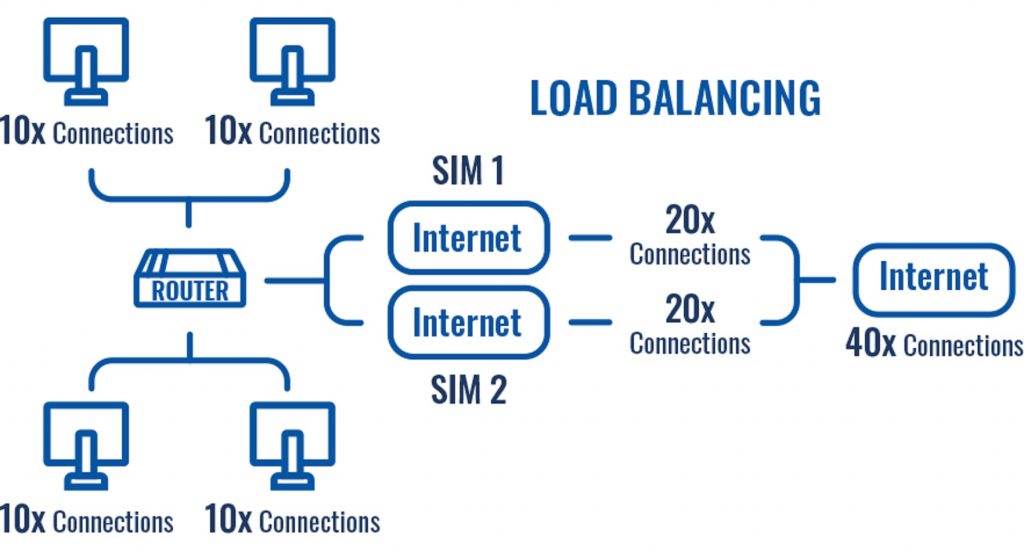Block diagrams of both types of scenarios


Investing in Ground Segment Services
Block diagrams of both types of scenarios


I gain access to 2 different geostationary global satellites and connect to a low bandwidth internet connection from a ground station in Argentina. Speed is slow and comparable to dialup access but is still very much usable with a high propagation delay of 600ms. I’m about to access my cats website and make multiple VoIP phone calls using the free Internet connection.
The Elite Satellite Hackers techniques from the year 2000 to 2010 are covered in this special muti-chapter presentation. We look at DirecTV, Dish Network, Bell ExpressVU, FTA, Card Cloning, Emulation, IKS, and just about every other technique under the Sun that was used by Hackers to get FREE TV. This is the Encyclopedia of the History of Satellite Hacking like no other.
Doing a whois of my IP number comes back with an address of: 3140 Aquitaine Ave, Streetsville, ON L5N3S5. As it turns out this is the address of the Bell CO responsible for my VDSL2 service. I’ve driven past this address countless times before but never really noticed much as it’s not much visible. Today I set out to explore this unusual hidden building and discovered some interesting facts about it. It’s an underground bunker style building, like something you’d want to be in in the event of a nuclear blast.


Here’s an satellite view of the facility. The red line outlines are area of the underground bunker. It’s actually quite large, large enough to house 2 telephone exchanges when it was built in 1998. Both 905-785 and 905-824 NPA-NXX are switched here.

Switch: SSVLON52RSA
| NPA-NXX | BLOCK | Rate Centre | Region | OCN | LATA | LIR | Eff date | Disc date |
|---|---|---|---|---|---|---|---|---|
| 905-785 | A | Streetsville | ON | 8051 Bell Canada | 888 | 805136 | ||
| 905-824 | A | Streetsville | ON | 8051 Bell Canada | 888 | 805136 |
As shown above it’s a RSC (Remote Switch Center) which gets its uplink from a DMH host ERMLON65CG0 which is in nearby ERIN MILLS.

The front door.

Backup Diesel Generator

Climbing up …

Ontop of the bunker… you’d never know what’s under here!

Located at the back I found an Emergency Escape Hatch. This would be required by building code as you always need a 2nd exit out of any building in case of a fire or some other event that might block you from using the front exit.

Behind the bunker you don’t see much, just a sidewalk and crosswalk to a school.

One thing I did notice at the back was a splice box.

The proposed plan would include 5 TT&C station locations situated across Canada giving the widest geographic area of coverage for LEO polar orbiting satellites.
Proposed Locations:
#1. Toronto, Ontario 43N, 79W
#2. Halifax, Nova Scotia 44N, 63W
#3. Iqaluit, Nunavut 63N, 68W
#4. Yellowknife, NWT 62N, 114W
#5. Whitehorse, YT 60N, 135W


Stations would be equipped to operate on the most popular frequency bands used by Cube and Nanosat operators, 400 MHz UHF Commercial, 473 MHz UHF Scientific, S & X band, and other bands if required.

The UHF section would use high gain Yagi-Uda antennas and the S & X band would use a 2 to 3 meter dish antenna. The antenna arrays would be mounted to a Az/Ez motor for satellite tracking and positioning.



The Federal Communications Commission (FCC) approved SpaceX‘s request to deploy over 7,000 satellites for its Starlink constellation, which aims to provide broadband internet services.
The FCC not only granted the request for SpaceX, but also allow KeplerCommunications, Telesat, and LeoSat to roll-out new and expanded services using proposed NGSO satellites. These proposed satellite systems are expected to enable fixed satellite service in the United States. Kepler aims to offer global internet connectivity for Internet of Things (IOT) with a proposed system of 140 satellites
Ground stations are surface-based facilities which are designed to provide real-time communication with satellites. The crew at these stations send radio signals to the satellite (uplink), receive data transmissions from the satellite (downlink), and in some cases, serve as command and control centers for the satellite network.
If something goes wrong with a satellite, the crew at these stations will be the first to know. They will be charged with trying to identify the source of the problem and devise a solution. Simply put, the ground station (or network of stations) is the “brain” of the entire satellite network.
https://www.nanosats.eu/?fbclid=IwAR393Pg7oWHgCxwMujPrRKRud1ibjKD8C0NUxsgmYTHP36YQuFsKZgxYMO8
Infostellar, a Tokyo startup creating a service that lets smallsat operators tap into ground stations around the world, has raised $7.3 million from a team that includes the early-stage investor arms of Airbus and Sony.
“In general, the market price for [X- and S-band] dish antennas is about $200 to $500 per pass. We will bring the price down. For UHF there is no solid market price, but it seems $50 to $100 per pass is about average. And again we will bring prices down,” she said.
Over the next 12 months, Infostellar would like its network to encompass 20 partner ground stations, Kurahara said.
https://spacenews.com/japanese-startup-raises-7-3-million-for-smallsat-antenna-sharing-service/